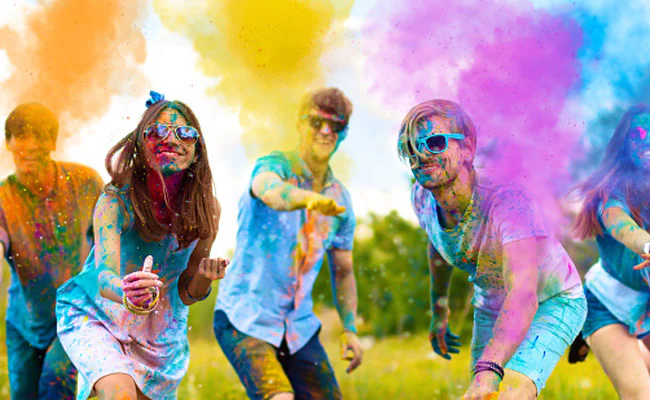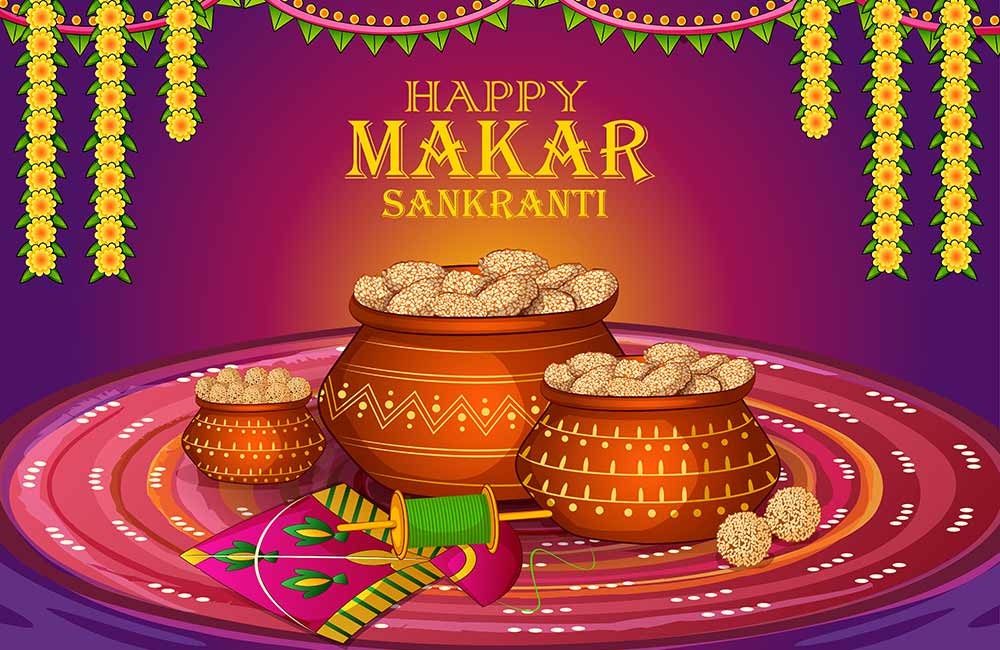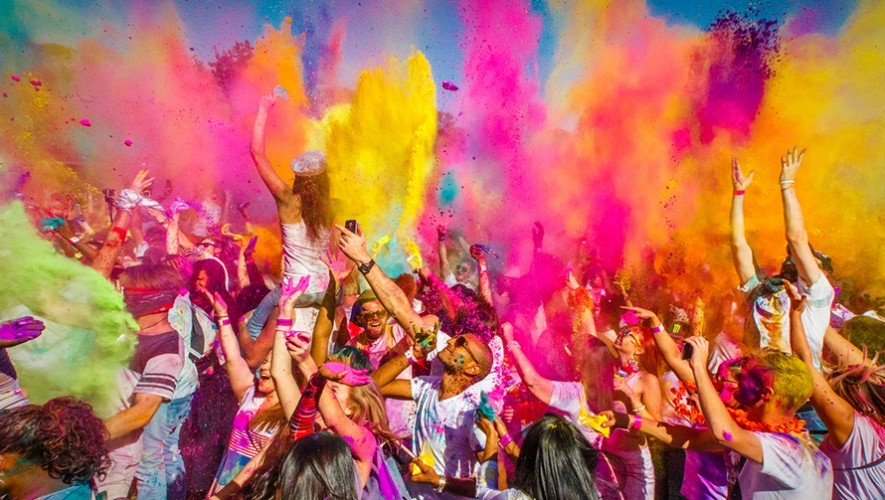Holi Festival: A Celebration of Life, Love, and Colors
The Holi festival is one of the most populous festivals celebrated in India and around the world. It is celebrated to mark the start of spring and is full of vibrant colors, joyous music, and delicious food. Holi is also a time to celebrate life, love, and togetherness, and it has become a symbol of unity among different cultures, religions, and communities.
What is the Holi festival?
Holi is an ancient Hindu festival that is celebrated every spring in India, Nepal, and other parts of South Asia. It is also well-known as the Festival of Colors and is a joyous celebration of life, love, and colors. This vibrant holiday has become progressively popular around the world, especially among the youth
The Holi festival usually takes place in late February or early March and marks the start of spring in India. It traditionally lasts for two days and celebrates the triumph of angelic over evil. The first day is referred to as Holika Dahan, which celebrates the burning of an effigy of the demoness Holika. The second day, which is called Rangwali Holi, celebrates with a colorful display of colors and water.
At its heart, the Holi festival is an expression of joy, love, and unity. People gather together to laugh, dance, and exchange colors and sweets. Friends and family come together to forget their differences and fortify their bonds. The colors of the festival symbolize joy, energy, and spiritual awakening. The festival also encourages us to forgive those who have wronged us and to look toward a better future.
History of the Holi festival
It is supposed to have been celebrated since the 4th century BC. The festival is associated with the story of Lord Krishna and his consort Radha, with their love for each other becoming a symbol of divine love.
In ancient times, Holi was a celebration of fertility, with people dancing and singing in joyous celebration of the onset of spring. Over the years, its significance has changed and it is now celebrated as a festival of colors and love.
The history of Holi also includes many legends and stories. One such legend tells the story of Hiranyakashipu, a vicious king who wanted everyone to worship him. His son, Prahlad, was an admirer of Lord Vishnu and denied to follow his father’s orders. To eliminate his son, Hiranyakashipu asked his sister Holika to enter a fire with Prahlad.
Holika had a magical cloak that would protect her from being harmed by fire, so she thought she could use it to kill Prahlad. However, when they entered the fire, the cloak flew off Holika and saved Prahlad instead. This story symbolizes the victory of angelic over evil, which is why it is celebrated today with much enthusiasm.
Holi is also considered to be a time for rejoicing in Lord Krishna’s divine love. According to popular belief, Krishna used to playfully smear colors on Radha and other Gopis. This has become a tradition even today and is seen as an act of expressing love and appreciation for others.
Today, Holi is celebrated in many parts of India and around the world. People take part in various activities like throwing colored powder at one another, singing and dancing, playing with water balloons, feasting on special dishes and sweets, and so on.
How is the Holi festival celebrated?
The Holi festival is celebrated with great joy and enthusiasm throughout India and in other parts of the world with large Hindu populations. On the day of Holi, people gather together, usually outdoors, and light a bonfire to commemorate the victory of good over evil.
The most beloved part of the festival is the celebration of colors. People buy bright, colorful powders, known as Gulal, and throw them at each other. This is meant to symbolize the vibrant colors of life and laughter. People also enjoy spraying colored water on each other with water guns, creating a fun and festive atmosphere.
The Holi festival is not just about throwing colors, however. It’s also a time for reflection and renewal, as well as expressing love and forgiveness towards one another. Many people embrace and hug their friends, family, and even strangers, as a sign of affection. The celebration often includes traditional Indian music and dancing, as well as feasting on sweet and savory dishes. No matter how it’s celebrated, the Holi festival is a joyous event that brings people together to celebrate life, love, and colors
The meaning behind the colors of Holi
The colors used during the Holi festival are said to have deep symbolic meanings. The bright and vibrant hues used in celebration signify joy, hope, and renewal. Many believe that the colors are also symbolic of nature, representing spring and its emergence into the season of growth. The festival is a reminder that no matter how difficult life can be, beauty can still be found in everything.
For Hindus, the colors of Holi are seen as a representation of the many different forms of divinity. Red is seen as a symbol of energy, yellow stands for knowledge and understanding, green represents fertility and growth, blue signifies patience and devotion, and purple stands for inner strength and confidence. Each color has its unique meaning and when all the colors are mixed, it’s said to represent harmony and unity.
The colors used during Holi are also said to represent the five elements in Hinduism - earth, water, fire, air, and space. This symbolism reinforces the idea that the festival is a celebration of life and nature.
Holi is an occasion that encourages people to appreciate the beauty around them and recognize that there is something greater than themselves. The colors used in the celebration remind us to embrace all of the different aspects of life and to take joy in it all.




